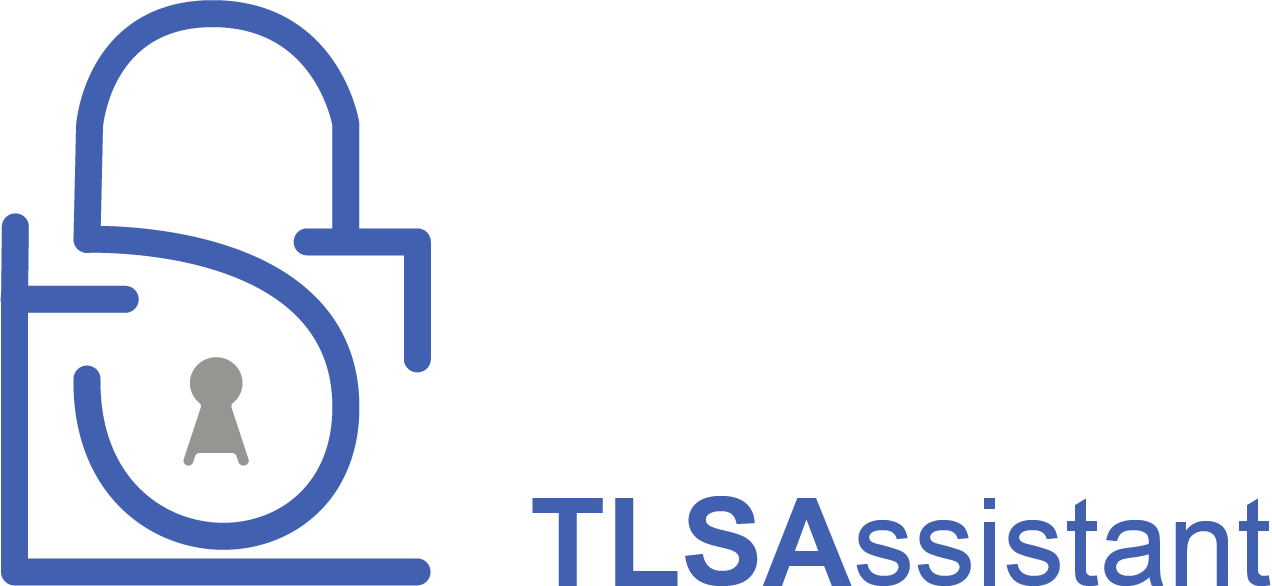PILLAR
Privacy risk Identification with LINDDUN and LLM Analysis Report
PILLAR is a privacy threat modeling assistant that brings the power of large language models (LLMs) to the established LINDDUN framework. Simply feed PILLAR a natural-language system description, and it will transform it into comprehensive threat models with limited input from users. It provides three variants of LINDDUN threat modeling: SIMPLE, LINDDUN GO (by simulating multi-agent collaboration in a virtual threat modeling workshop), and PRO.


